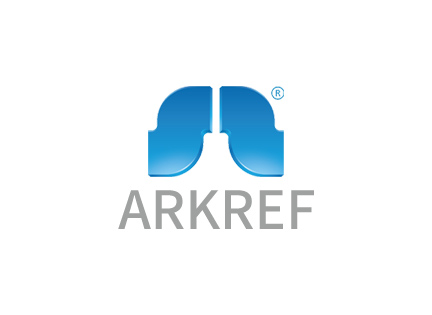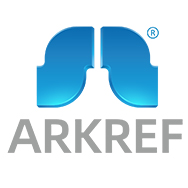How to Choose the Right Cold Room for Your Business in 2025
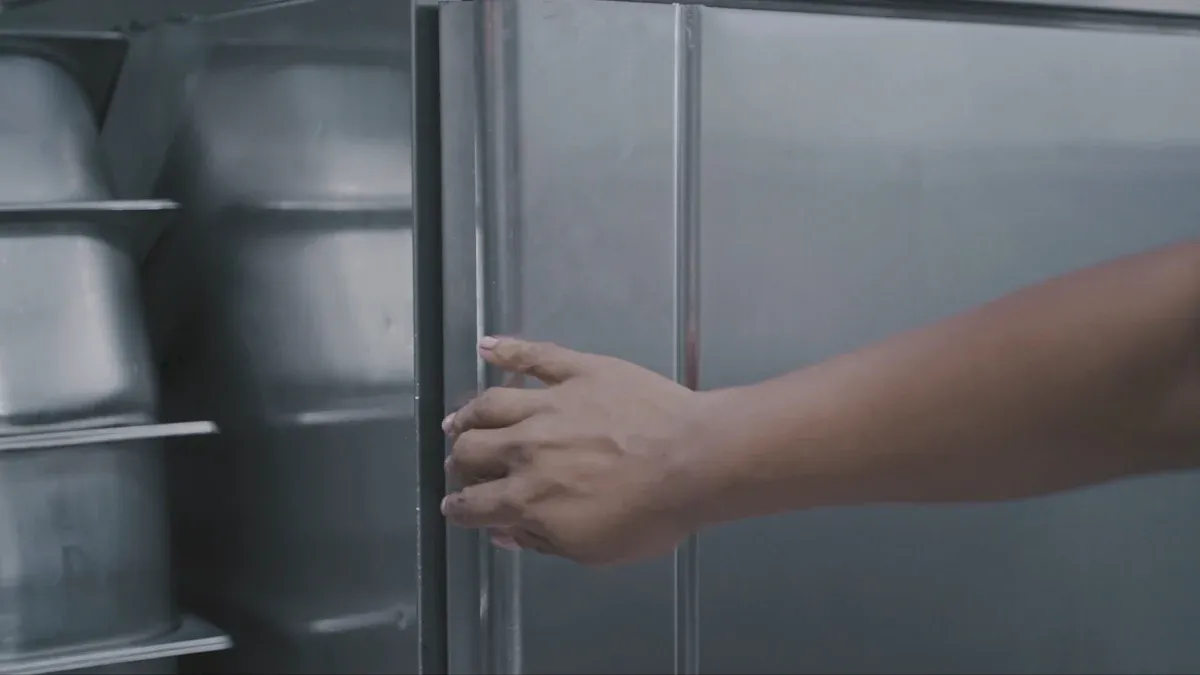
You want a cold room that works well for your business. Every business needs different storage, temperature, and space. To find the best cold room, think about what you store. Think about the temperature you need. Think about how much space you have. Many businesses have problems like:
Keeping work smooth so you do not waste time or lose goods.
Following safety rules so you obey the law.
Using automation to help with hard temperature needs.
If you look at all these things, picking the right cold room is easier. With good advice, you can choose the best one for your business.
Key Takeaways
Think about what you need to store. Look at the types of products you will keep. Different products need different temperature controls.
Pick the best temperature range for your cold room. Good temperature control saves energy money. It also keeps products safe.
Plan your space and layout well. A good cold room design helps work go smoothly. It also keeps workers and products safe.
Look at energy-efficient systems. They may cost more at first. But they can save you a lot of money later.
Choose a supplier you can trust. Good suppliers help you and follow rules. They also offer solutions that fit your growing business.
Cold Room Needs
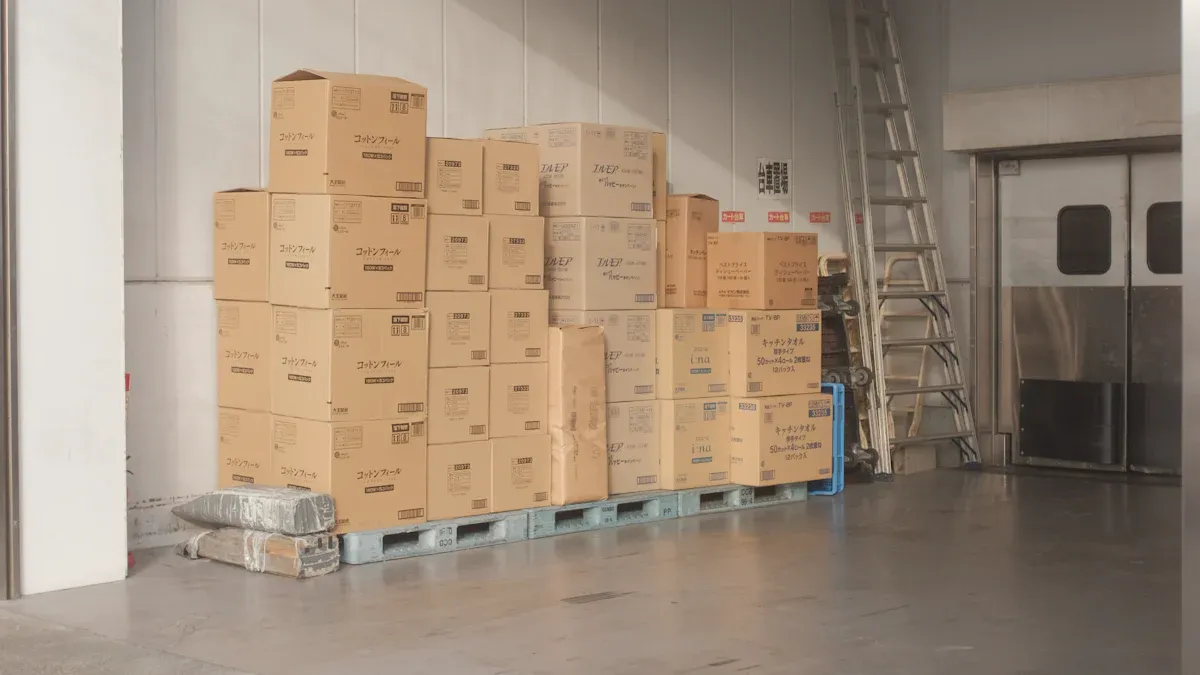
When you pick a cold room, start by thinking about what you need to store. You should know what items you will keep, what temperature each one needs, and how much space you have. These things help you find a cold room that keeps your goods safe and helps your business work well.
Product Types
First, check what kinds of products you want to keep in the cold room. Different businesses need different storage. Food companies must keep perishable items fresh. Pharmaceutical companies need to protect vaccines and medicines. Retail stores often keep dairy or fresh produce. Logistics companies store many goods that need the right temperature.
Sector | Product Categories |
|---|---|
Pharmaceuticals | Vaccines, biologics, temperature-sensitive medications |
Food | Perishable items, frozen foods |
Retail | Fresh produce, dairy products |
Logistics | Temperature-controlled transport |
The type of product you store changes how your cold room should be built. Frozen foods need colder temperatures than fresh produce. Some things, like vaccines, need very careful temperature control. You should pick a cold room that matches your main product to keep everything safe and good.
Temperature Range
Keeping the right temperature is very important for a good cold room. You must set the right temperature for your goods. Frozen foods need a cold room that stays at -18°C or lower. Fresh produce and dairy need a cold room between 0°C and 8°C. Some things, like vaccines, need very low temperatures, sometimes as low as -40°C.
Type of Cold Storage | Temperature Range | Ideal Products |
|---|---|---|
-18°C and below | Frozen foods like meat, seafood, and ice cream | |
Medium-temperature cold storage | 0–8°C | Fresh produce, dairy, ready-to-eat products |
Ultra-low temperature cold storage | -40°C or below | Vaccines, biological samples, research materials |
The right temperature does more than keep your goods safe. It also helps you save money. If you keep your cold room at the best temperature, you use less energy and pay lower bills. Good temperature control can cut cooling costs by up to 30%. This means you spend less money and keep your products in great shape.
Space and Layout
You should also think about how much space you have for your cold room. Measure your area before you pick a design. You need enough room for all your goods and space for workers to move safely. The layout should make it easy to load and unload items. If you want your business to grow, choose a cold room that can get bigger later.
Tip: Write down what you need to store now and think about how your needs might change in the future. This helps you choose a cold room that works now and later.
A good layout helps your work go smoothly and saves time. It also makes it easier to keep your cold room clean and safe. When your space and layout fit your storage needs, you get better results and fewer problems.
Choosing the Perfect Cold Room
When you pick the perfect cold room, you should know the main types. Each type works best for different business needs. You want a cold room that fits your products, space, and future plans.
Walk-In vs Modular
You can choose walk-in or modular cold rooms. Walk-in cold rooms are one big piece. They are good for businesses with steady storage and fixed space. You often find walk-in cold rooms in restaurants and small warehouses. These units are simple to set up and easy to use. They help you keep your goods cold without much trouble.
Modular cold rooms use panels you can put together in many ways. You can change the size or shape if your business grows. Modular systems are great if you need to move or add more storage later. If you want more choices, modular cold rooms give you that.
Type | Pros | Cons |
|---|---|---|
Walk-In | Simple setup, fast installation, easy to use | Hard to expand, less flexible |
Modular | Flexible size, easy to expand or move | May cost more at first, longer setup time |
Tip: If you think your business will get bigger, modular cold rooms let you add more space without buying a new one.
Custom Solutions
Some businesses need more than a regular cold room. You might need special sizes, lower temperatures, or other features. Custom solutions let you pick what works best for your products and how you work.
You can choose from many custom options:
Description | |
|---|---|
Size and Capacity | Pick from 10-foot to 40-foot units to fit your storage. |
Temperature Range | Set the right temperature for each product to keep it fresh. |
Power Source | Use electric, diesel, or hybrid systems based on your power needs. |
New vs. Used Containers | Choose new units for more features or used ones to save money. |
Maintenance Requirements | Plan for regular checks to keep your cold room working well. |
Custom cold rooms can do special jobs. For example, ice cream storage needs very low temperatures, sometimes as cold as -30°C. These rooms keep ice cream fresh and tasty. You may pay more for these features, and it can take longer to build and install a custom unit. Food and pharmaceutical companies often need custom solutions to meet strict rules. These rules can also make the project take more time.
When you pick the perfect cold room, you should look at some key things. These include technical details, following industry rules, and how well it works. You also want to check costs, quality, and if the cold room fits with your current systems. Good after-sales support helps you fix problems fast.
Description | |
|---|---|
Technical Specifications | Make sure the unit meets standards for cooling, temperature, and insulation. |
Industry Compliance Requirements | Follow rules like HACCP for food or GDP for medicine. |
Performance Metrics | Check cooling speed, temperature control, and energy use. |
Cost-Efficiency Factors | Look at total costs, including energy and maintenance. |
Quality Assurance Considerations | Pick units with strong warranties and good build quality. |
Integration Capabilities | Make sure the cold room works with your current systems. |
After-Sales Support Evaluation | Choose suppliers who offer fast service and spare parts. |
Custom cold rooms can cost more and take longer to set up, but they help you meet special needs.
Many businesses in food and medicine need advanced cold storage to follow safety rules.
Picking the right features now can save you money and trouble later.
Note: Picking the perfect cold room means thinking about what you need now and later. A good cold room gives you better results, saves energy, and keeps your products safe.
Cold Room System Features
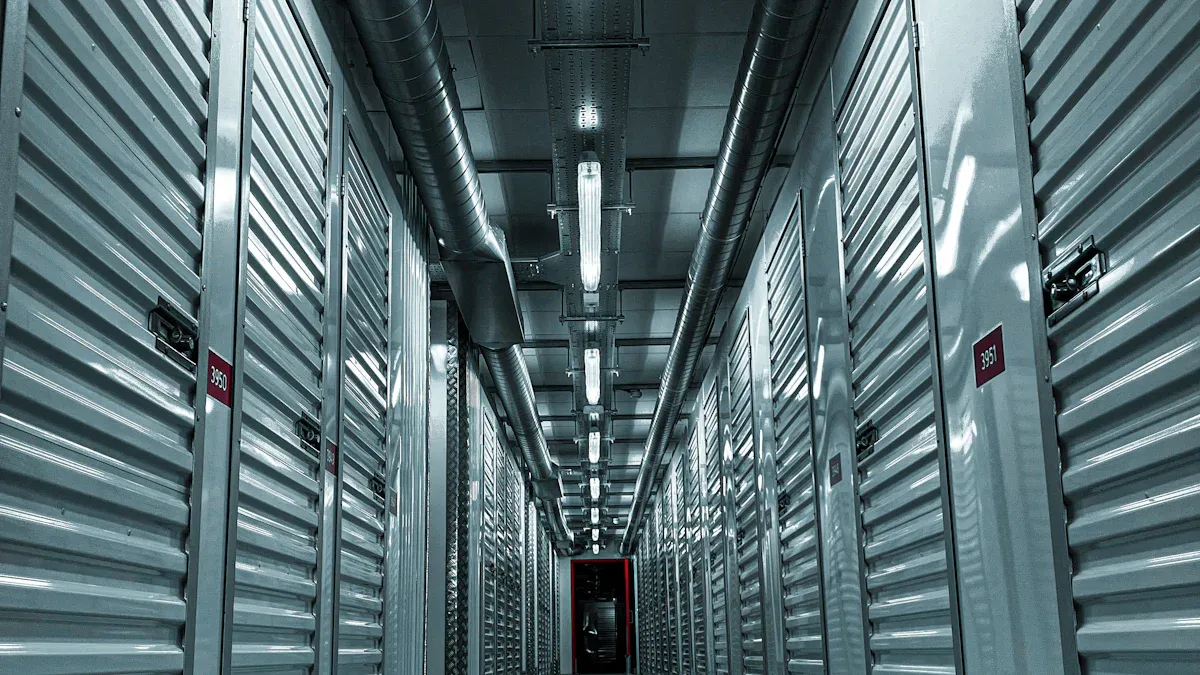
Energy Efficiency
You want your cold room to use less energy. This helps you save money. New technology can help with this. Cold rooms with good insulation keep cold air inside. This means the system does not work too hard. Some systems have drives that change motor speed. The speed changes when you need more or less cooling. Eco-friendly refrigerants are better for the earth. They also make your system work better. Some systems use heat recovery. This means they use extra heat for other things.
Good insulation and design stop heat from getting in.
Smart controls and sensors check the cold room and change settings.
Drives that change speed help save power.
Eco-friendly refrigerants help the planet.
Heat recovery uses extra heat for other jobs.
Checking and fixing your system often keeps it working well.
Using these features can lower your energy bills by 20% to 35%. Some businesses save even more, up to 50%. Thermal energy storage helps you use less power and avoid high prices.
Tip: Cold rooms that use less energy help you save money and protect the earth.
Smart Controls
Smart controls make your cold room easier to use. They use sensors and software to watch temperature and air flow. You get data right away, so you can fix problems fast. AI monitoring keeps products at the right temperature. It helps you waste less. Predictive maintenance tells you when to fix things before they break. This keeps your system working and saves money.
Type of Smart Control | Description |
|---|---|
Collects data in real time to keep storage safe and waste low. | |
AI finds problems early so you can fix them and save money. | |
Sustainable Tech | Uses systems that save energy and help the environment. |
Smart controls help keep food and medicine safe. They lower spoilage by keeping the right temperature. One grocery store had 15% less spoilage after using smart controls. These tools also help you follow safety rules.
Note: Good air flow, temperature sensors, and dehumidifiers are important too. They keep your products safe and help your cold room work well.
Compliance and Suppliers
Regulations 2025
You must follow strict rules when using a cold room in 2025. New laws care about food safety, energy use, and the environment. Many places want certifications like CE for your equipment. Check if your cold room meets standards from groups like ASHRAE and the FDA. These rules keep your products safe and your business legal.
Tip: Always ask your supplier to show proof of compliance and current certifications.
Hygiene and Safety
A clean and safe cold room protects your products and customers. Top suppliers use advanced refrigeration to stop bacteria from growing. They follow hygiene rules from the EU and other groups. Good systems use access control to see who enters. They keep temperatures low to stop germs. They also meet food safety standards for storage and transport.
Compliance Measure | Description |
|---|---|
Make sure quality stays high and keep records for audits. | |
Temperature Management | Keep things cold to stop bacteria and spoilage. |
Food Safety Standards | Follow hygiene rules for food and medicine storage and transport. |
Advanced refrigeration keeps the cold room clean.
Cold temperatures stop bacteria and keep food fresh.
Suppliers follow strict hygiene laws.
Reliable Suppliers
Picking the right supplier helps your business work well. Look for companies with strong technology, good service, and proven results. Good suppliers offer flexible solutions and help your business grow. They give clear warranties and fast help when you need it.
Criteria | Description |
|---|---|
Technological Innovation | Uses the newest cooling and energy-saving systems. |
Customization & Flexibility | Offers solutions for your special needs. |
Scalability | Helps your business as it gets bigger. |
Compliance & Certifications | |
Service & Support | Gives quick help and regular check-ups. |
Cost & Ownership | Shares clear costs, including energy and repairs. |
Track Record | Has good results with other businesses. |
Innovation Pipeline | Plans for new features and upgrades. |
Suppliers with strong warranties and quick help lower downtime and risk.
Good service means you worry less.
Note: Choose a supplier who helps you follow rules, keeps your cold room safe, and supports your business as it grows.
Budget and Growth
Initial vs Long-Term Cost
When you choose a cold room, you need to look at both the price you pay at first and the money you save later. Some cold rooms cost more to buy, but they use less energy and need fewer repairs. Over time, these savings can make a big difference for your business.
Here is a simple table to help you compare:
Aspect | Traditional Systems | Energy-Efficient Cold Rooms |
|---|---|---|
Upfront Investment | Lower | Higher |
Operational Savings | Lower | Higher |
Payback Period | Longer | Shorter |
You might pay more for an energy-efficient cold room at the start. However, you save money each month on your energy bills. These systems also break down less often, so you spend less on repairs. Many businesses find that the extra money they spend at first comes back to them in just a few years. This means you get more value over the life of your cold room.
Tip: Always think about how much you will spend over five or ten years, not just the first year.
Scalability
Your business may grow, and your storage needs may change. You want a cold room that can grow with you. Planning for the future helps you avoid big costs later.
Here are some things to look for when thinking about scalability:
Can the solution grow with your business needs?
Does it meet current and future rules?
Are the technologies ready for new changes?
Will the investment lower costs, improve how you work, and help you stay strong over time?
Choosing a system that lets you add more space or new features makes it easier to handle more products. You can also keep up with new laws and technology. This way, your cold room stays useful and cost-effective as your business changes.
Note: A flexible cold room helps you save money and keeps your business ready for anything.
You can choose the right cold room by matching it to your business needs and future plans. Remember to:
Look at vendor claims and use trusted data.
Pick energy-saving and automated systems.
Make sure you follow all new rules.
Think about how your cold room can grow with your business.
Watch for changes in the world that may affect your storage.
Talk with experts or trusted suppliers to find the best solution for your business.
FAQ
What size cold room do you need for your business?
You should measure your storage needs and available space. Think about how much product you store now and how much you may need later. Most suppliers can help you choose the right size.
How often should you maintain your cold room?
You should check your cold room every month. Clean the inside and outside. Schedule professional maintenance at least twice a year. Regular care keeps your system running well and helps you avoid costly repairs.
Can you upgrade your cold room as your business grows?
Yes, you can expand most modular cold rooms. You can add panels or new features. This helps you keep up with business growth without buying a new system.
What temperature should you set for different products?
Product Type | Recommended Temperature |
|---|---|
Frozen Foods | -18°C or lower |
Fresh Produce | 0°C to 8°C |
Vaccines | -40°C or lower |
Tip: Always follow storage guidelines for each product to keep them safe and fresh.
See Also
Choosing The Ideal Walk-in Cold Storage Solution
Determining Whether A Cold Room Or Freezer Fits You
Constructing An Efficient Cold Room For Optimal Use
Leading Cold Room Suppliers For Your Logistics Needs
Transforming Goods Storage With Innovative Cold Room Solutions
